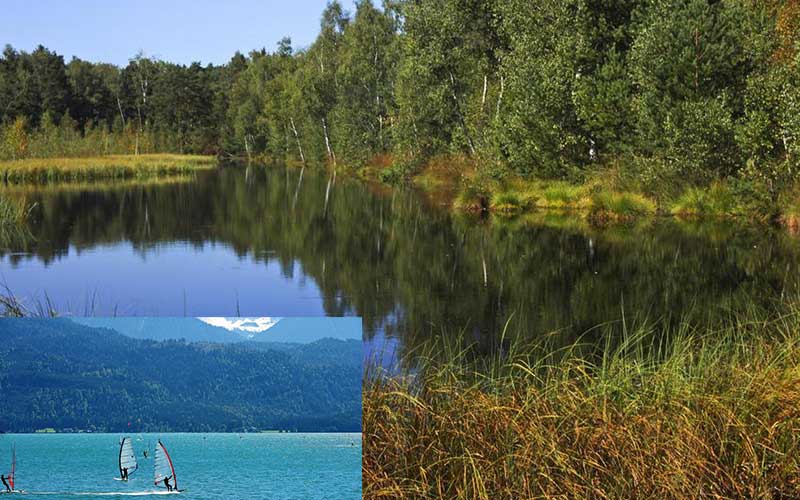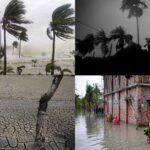Land cultivation can be an innovative way to protect the environment
Not only are cars and factories responsible for greenhouse gas emissions, but agriculture and livestock also contribute to climate damage. Attempts are underway to make alternative land use through an innovative project in the German state of Bavaria.
Exmoor breeds of ponies and buffaloes bring to wetlands in the Sobia region of Germany. This animal will help in preserving the environment.
Today’s wetlands have been drying for a long time. Due to cultivation there, a massive amount of greenhouse gas emits. However, since the land has flooded, much less carbon dioxide has been emitted.
Nevertheless, can the owner of agricultural land also earn income from flooded land? As the local association’s agricultural engineer, Aniya Shuman wants to try to re-use the land. For that, the farmers need help.
Aniya said, “Needless to say, the initial reaction of the farmers was definitely against flooding the land. Because 50 years ago, they had to dry up that land.
Now it is not easy to understand why the water will fill again. However, it needs to do for the sake of the climate. We want to give them alternative income opportunities. Farmers can earn a living by roaming the land. “
As a farmer, Christian Mayer adopted such an idea. In 2015, he brought a herd of buffaloes there. That was a significant risk. However, the buffaloes were able to adapt to the flooded land.
Regarding his own experience, Christian said, “Dairy or Holstein cows may not be able to gaze on such land. However, we do not have that problem with the buffalo.
This animal gets food there, and its meat sells well. There is no comparison with the standard breed of cattle. “
Christian Mayer also received a government subsidy for such animal husbandry. Subsidies also come for cutting weeds in unused land. Scientists have regularly measured during the re-flooding of the land in the freezing area.
Dr. Team Ikenshite is one of them. According to him, “We are monitoring greenhouse gas emissions. It is an automated method covered with soil, by which ‘trace gas’ is measured.
Below the cover, we can see the movement of certain gases like carbon dioxide, nitrous oxide, and methane. We can accurately determine the amount of greenhouse gas emissions in a given area by increasing or decreasing their amount. It also measures in terms of water level. “
Scientists are also trying to determine which plant is best suited to wet environments. In addition to the Reed Canary variety, Yakhen Krause also cultivates sedges. On the farm, he is breeding Alpaca animals.
His animals usually get hay as food. However, fresh sage grass arranges in the evening. Yakhen is anxious to see if the animals will eat the grass and how they will eat it when they play.
This is the first time that Sage’s grass field is getting pruned. Christian Mayer is doing that with his bar mower as a teammate. Sage grass grows well in wetlands.
The work of this test will complete in 2022. The Moore-Use project can succeed in agriculture, nature, and climate conservation. Re-flooding all the moors or wetlands in the German state of Bavaria would reduce emissions by five percent.



